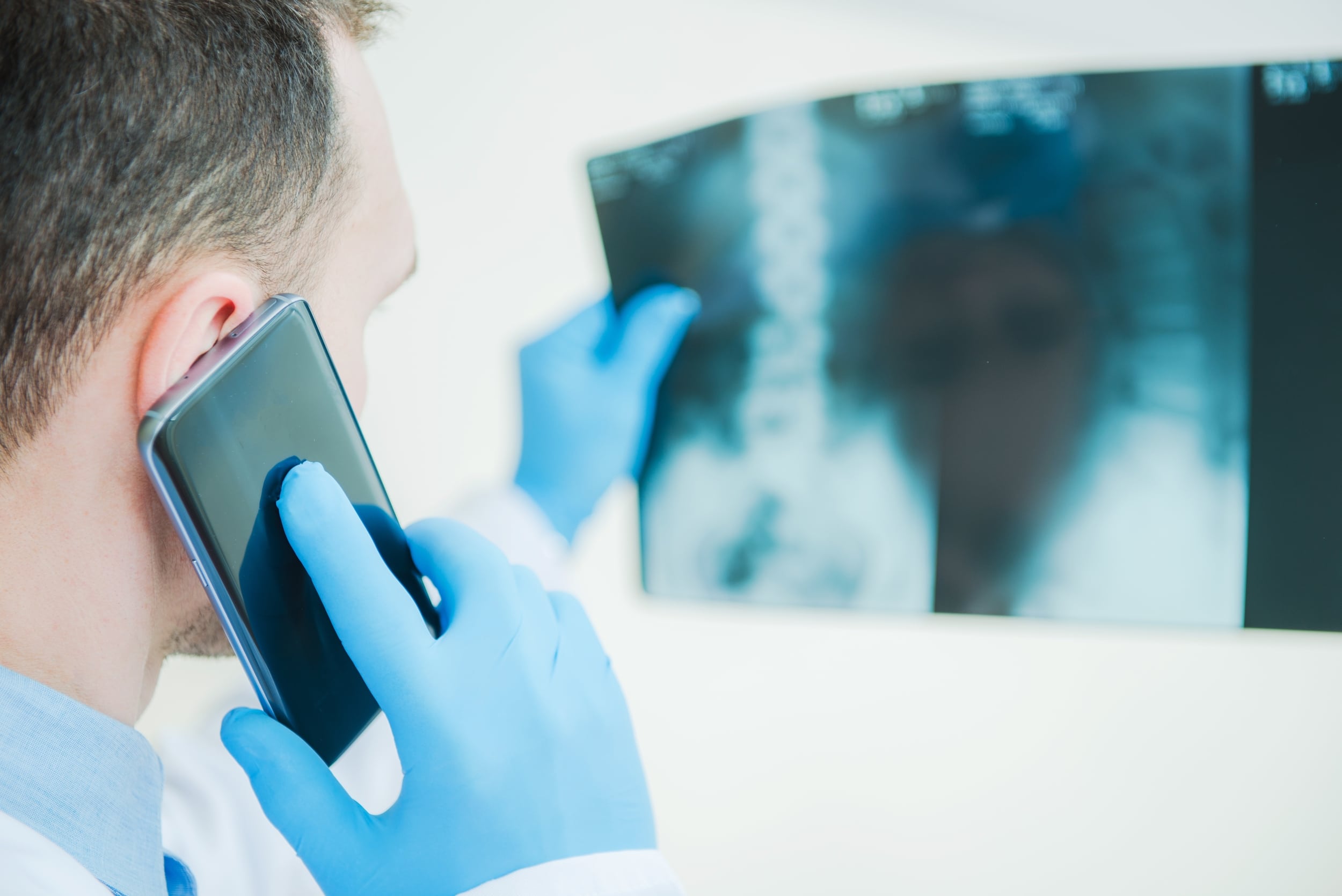What’s the Role of Satellite Imaging in UK’s Agricultural Planning?

Satellite imaging has set a new trend in the agricultural sector, influencing the UK’s agricultural planning significantly. Through high-resolution images from satellites and remote sensing technologies, monitoring crop health, soil conditions, and land management practices has become simpler and more precise. These state-of-the-art technologies are helping streamline agricultural practices, benefiting farmers and the environment alike. But, what role does satellite imaging play in the UK’s agricultural planning? Let’s delve into the details.
Satellite Imaging: A New Wave in Agricultural Monitoring
Satellite imaging has transformed the way farmers and agricultural planners in the UK monitor crops and soil. Through these cutting-edge technologies, they can obtain high-resolution, up-to-date, and accurate images of their fields from space.
Have you seen this : How to Foster a Digital Community for Local Artists in the UK?
Satellites equipped with advanced sensors capture and transmit data about the Earth’s surface, covering vast swathes of land in a single sweep. These images are then processed and interpreted using GIS (Geographic Information System) based tools and AI algorithms. Such comprehensive coverage and high-resolution data allow farmers to track the health of their crops, soil moisture levels, and even pest infestations.
The use of satellite imaging is not limited to just monitoring. The technology has also made it possible to predict agricultural outcomes based on the data collected. For instance, satellite data can help farmers anticipate crop yields, identify potential disease outbreaks, and plan irrigation strategies optimally. This predictive capability is a game-changer, enabling farmers to make informed decisions and manage their fields efficiently.
Have you seen this : What Are the Latest Innovations in Smart Home Assistants?
Remote Sensing: The Future of Crop Health Management
Remote sensing technology, a key component of satellite imaging, is revolutionising crop health management. Through remote sensing, satellite-based systems capture and interpret data about the Earth’s surface and atmosphere without physically coming into contact with them.
The spectral data collected from remote sensing technologies enable farmers to monitor crop health in real-time. They can detect any signs of disease or pests early on, thanks to the high-resolution images provided by this technology. This early detection helps mitigate crop loss and ensures optimal yield.
Additionally, these technologies can monitor soil properties, providing a deeper understanding of the soil’s health and needs. Knowing soil moisture levels, for instance, can help farmers regulate irrigation, while information about soil composition can guide fertilisation practices. By ensuring that the soil is healthy, farmers can maximise crop yields and reduce the overuse of resources like water and fertilisers.
High-resolution Satellite Images: Aiding Land Management Practices
High-resolution images captured by satellites are more than just pictures. They are data-rich resources that help agricultural practitioners manage land resources effectively.
These images provide insights about land use patterns, helping planners understand how different farming practices impact the environment. They can identify areas where land degradation or soil erosion is occurring, and implement measures to mitigate these issues.
Agricultural planners can also use satellite images to map and monitor changes in land use over time. This helps them understand the effects of climate change on agricultural land, guiding sustainable farming practices.
Satellite-based Technologies: Enhancing Agricultural Planning
Agricultural planning is a complex process that involves a multitude of factors. Satellite-based technologies are aiding in this process, making it more streamlined and efficient.
Using data from satellites, agricultural planners can predict the best times for planting and harvesting, based on trends in climate and weather patterns. They can also use satellite data to map out the most efficient irrigation paths, or determine the most effective crop rotation patterns to maintain soil health and productivity.
These technologies also play a crucial role in disaster management. In the event of a natural disaster, satellite images can help assess the extent of damage and guide recovery efforts.
The Growing Adoption of Satellite Imaging Technologies
The adoption of satellite imaging technologies in the UK is on the rise, with more farmers and agricultural planners recognising their benefits. These technologies are becoming a staple in modern farming practices, providing efficient solutions for crop management, soil monitoring, land usage, and overall agricultural planning.
The UK government is also promoting the use of these technologies through various initiatives and funding schemes. These efforts aim to support the farming community in harnessing the potential of satellite imaging for sustainable and efficient farming.
While satellite imaging and related technologies are already making a significant impact, the future holds even more promise. With advancements in technology and increased accessibility, satellite imaging is set to play an even more critical role in the UK’s agricultural planning.
Precision Agriculture: Maximising Efficiency with Machine Learning and Satellite Imaging
Precision agriculture, also known as site-specific crop management, has emerged as a new approach in farming that maximises efficiency and productivity. In the UK, machine learning and satellite imaging are playing pivotal roles in achieving the objectives of precision agriculture.
High-resolution satellite imagery provides a wealth of data, including spectral, thermal, and spatial information about crops, soil, and the atmosphere. Machine learning algorithms can process this massive amount of data, providing actionable insights for farmers and agricultural planners.
For instance, machine learning can use satellite data to develop vegetation indices. These indices provide vital information about the health and growth of crops. Machine learning algorithms can also help in predicting crop growth and yields based on patterns observed in satellite data. This predictive capability is crucial in precision agriculture, aiding farmers in decision-making and planning.
Moreover, machine learning can leverage high-resolution satellite images to monitor soil moisture levels accurately. Precise data on soil moisture can help farmers optimise irrigation schedules, reducing water wastage and ensuring the health of the crops.
Machine learning and satellite imagery also play a vital role in cross compliance, a key element in agricultural planning in the UK. Cross compliance requires farmers to adhere to a set of standards related to the environment, public health, and animal welfare. High-resolution satellite data, processed and interpreted through machine learning, can help monitor and ensure cross compliance effectively.
Conclusion: The Significance of Satellite Imaging in UK’s Agricultural Planning
In conclusion, satellite imaging and related technologies, such as remote sensing and machine learning, are reshaping the agricultural landscape in the UK. They are providing valuable insights and predictive capabilities that are changing the way farmers and agricultural planners operate.
Future advancements in satellite technology, coupled with improvements in machine learning and artificial intelligence, promise to deliver even higher spatial and temporal resolution data. This, in turn, will further enhance precision agriculture, decision-making, and agricultural planning.
The role of satellite imaging in the UK’s agricultural planning is unquestionable. The technology has already proven its worth in many areas, from crop health management and land resource management to disaster management and ensuring cross compliance. As the adoption of these technologies continues to grow, the future of agriculture in the UK looks promising and sustainable.
It’s clear that the marriage of earth observation and advanced technologies like artificial intelligence is not just a passing trend, but a fundamental shift in the agricultural sector. The UK is at the forefront of leveraging this shift for a more sustainable and efficient future. As we’ve seen, satellite imaging plays a crucial role in this journey, and its significance is set to increase in the coming years.
